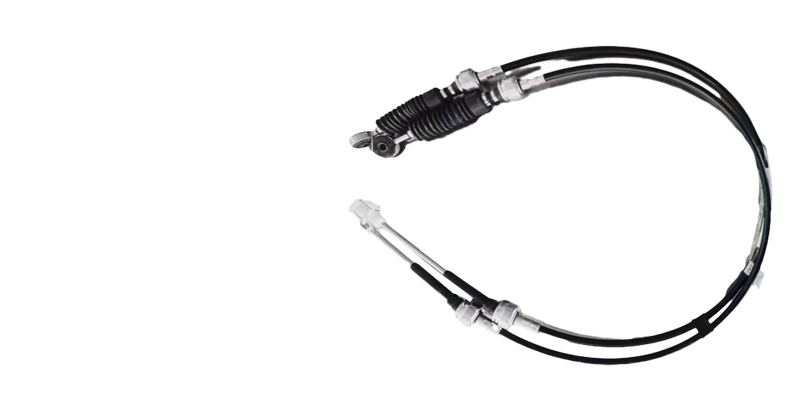Hand Brake Cable Maintenance and Replacement Guide for Optimal Vehicle Performance
Understanding Hand Brake Cables Function, Importance, and Maintenance
A hand brake, often referred to as a parking brake or emergency brake, is an essential component of any vehicle’s braking system. While most drivers rely on the primary braking system during regular driving, the hand brake serves critical roles in securing the vehicle when parked and providing additional braking power in emergencies. At the heart of this mechanism is the hand brake cable, a vital component that deserves attention and understanding.
What is a Hand Brake Cable?
The hand brake cable is a stainless steel or galvanized wire that connects the hand brake lever inside the vehicle to the brake mechanism at the rear wheels. When the driver pulls the hand brake lever, this cable tightens, pulling on the brakes and thereby immobilizing the vehicle. In many modern vehicles, there may be two separate cables one for each rear wheel. This configuration allows for balanced braking and ensures that both wheels engage simultaneously.
The Importance of Hand Brake Cables
The importance of a functioning hand brake cable cannot be overstated. Primarily, it serves as a safety mechanism, preventing the vehicle from rolling away when parked, especially on inclines. In addition, in case of a failure in the primary braking system, the hand brake can act as a reliable backup, allowing the driver to bring the vehicle to a safe stop.
Moreover, with the rise in automatic vehicles that may not always have a conventional hand brake, the role of electronic hand brakes has also been introduced. These systems rely on electrically activated cables but still function on the same principle. Regardless of the type, the hand brake cable remains key to maintaining control and safety in your vehicle.
Signs of Wear and Tear
Like any mechanical component, hand brake cables are subject to wear and tear over time. Drivers should be aware of several warning signs that may indicate a need for inspection or replacement. If the hand brake lever pulls up higher than usual or feels loose, this could suggest a stretching or fraying of the cable. Additionally, if the vehicle rolls when the hand brake is engaged, it indicates a malfunction that requires immediate attention.
Visual inspection can also reveal issues. Rust, corrosion, or physical damage to the cable can compromise its integrity. Regular maintenance checks, especially before long trips or season changes, can help identify potential problems before they escalate.
hand brake cable

Maintenance Tips for Hand Brake Cables
Proper maintenance can prolong the lifespan of hand brake cables significantly. Here are several tips to consider
1. Regular Inspections Make it a habit to visually check your hand brake cables for any signs of wear, fraying, or rust. Look for any obstructions or dirt that may affect the cable’s function.
2. Lubrication Keeping the cables well-lubricated can prevent rust and ensure smooth operation. Use a suitable lubricant and make sure to follow the manufacturer's recommendations.
3. Prompt Repairs If you notice any irregularities in the hand brake's performance, address them promptly. Ignoring minor issues can lead to significant failures which could compromise safety.
4. Professional Servicing Having a qualified mechanic inspect your hand brake system during routine maintenance can help catch issues early. They have the expertise and tools necessary to assess the system more thoroughly.
5. Avoid Overuse While hand brakes are crucial for parking, overusing them as a primary brake while driving can lead to premature wear. Use the hand brake only when necessary.
Conclusion
Understanding the function and maintenance of hand brake cables is essential for every vehicle owner. These cables are critical for ensuring a safe and functional braking system, both for parking and emergencies. By staying vigilant and proactive about their condition, drivers can ensure their vehicle’s hand brake system remains reliable for years to come. Always remember that safety involves not just the action of stopping, but also the assurance that the vehicle remains secure when not in use.
-
Upgrade Your Vehicle with High-Quality Handbrake CablesNewsNov.01,2024
-
Optimize Your Bike's Performance with Quality CablesNewsNov.01,2024
-
Enhance Your Vehicle's Performance with Quality Clutch ComponentsNewsNov.01,2024
-
Elevate Your Vehicle's Performance with Quality Throttle CablesNewsNov.01,2024
-
Elevate Your Vehicle's Performance with Quality CablesNewsNov.01,2024
-
Affordable Solutions for Your Cable NeedsNewsNov.01,2024
